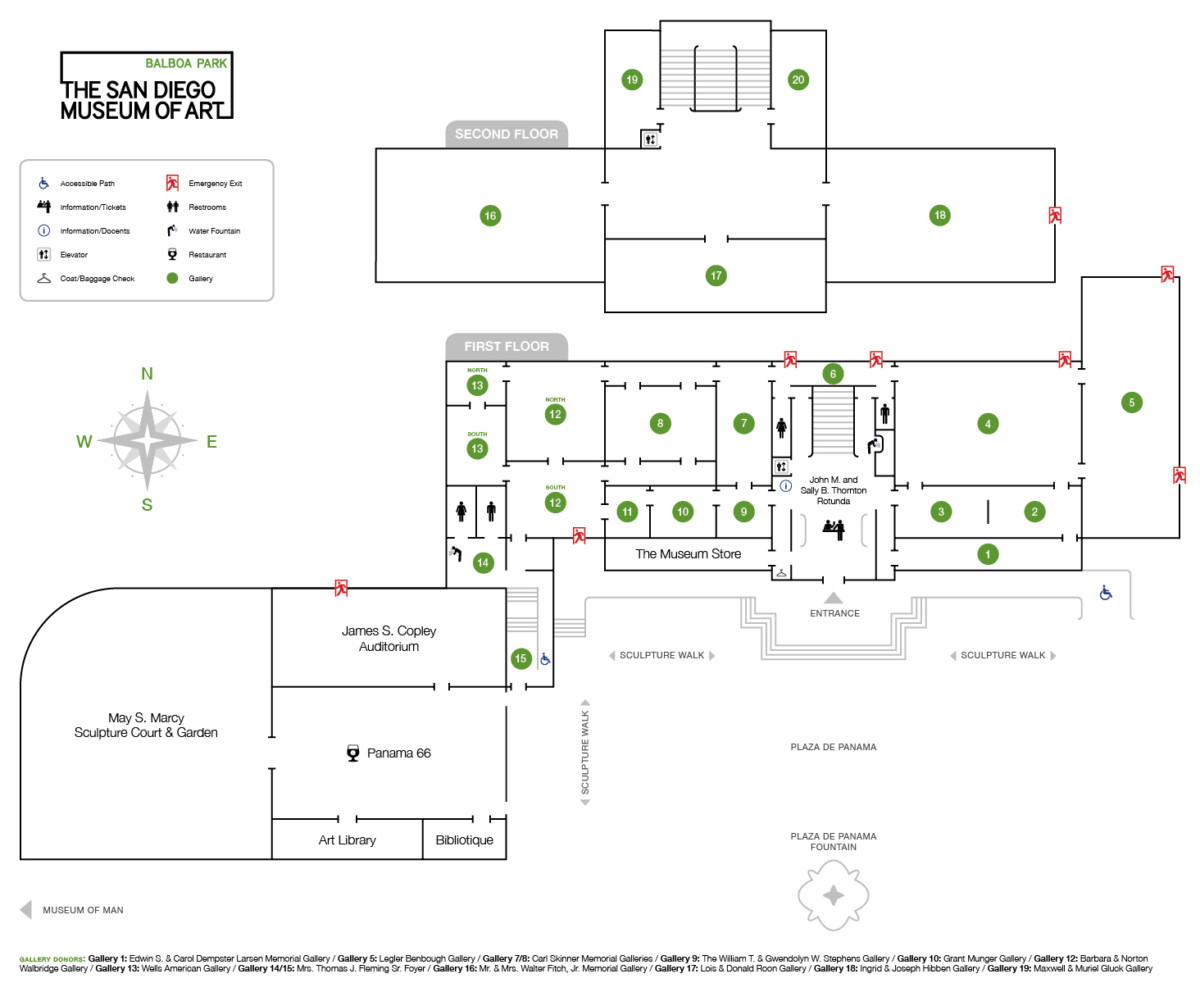 Victor Javier Marín Gutiérrez (b. Uruapan, Mexico, 1962) is an artist of international renown, best known for his monumental sculpture based primarily on the human form. Following rigorous training in draftsmanship, painting, and modeling at the Escuela Nacional de Artes Plásticas in Mexico City in the 1980s, Javier Marín had achieved international stature by the end of the millennium with solo shows in Colombia and the United States. He represented Mexico with major outdoor works at the Venice Biennale in 2001 and 2003. He has had over ninety solo exhibitions around the world to date, along with permanent public art installations in Jacksonville, Mexico City, Turin, and Zacatecas.
Victor Javier Marín Gutiérrez (b. Uruapan, Mexico, 1962) is an artist of international renown, best known for his monumental sculpture based primarily on the human form. Following rigorous training in draftsmanship, painting, and modeling at the Escuela Nacional de Artes Plásticas in Mexico City in the 1980s, Javier Marín had achieved international stature by the end of the millennium with solo shows in Colombia and the United States. He represented Mexico with major outdoor works at the Venice Biennale in 2001 and 2003. He has had over ninety solo exhibitions around the world to date, along with permanent public art installations in Jacksonville, Mexico City, Turin, and Zacatecas.
Javier Marín’s early work includes indigenous clay from Oaxaca and Pátzcuaro (centers of pre-Hispanic ceramic production) coupled with his interpretations of the solid masses and classical anatomy of Michelangelo’s sculpture. Critics have compared his interest in—one might say insistence on—the relevance of the human figure to artists ranging from Diego Rivera, Frida Kahlo, Agustín Arrieta and Hermenegildo Bustos to Luca della Robbia, Auguste Rodin, and Lucien Freud.
At the heart of Javier Marin’s work is the search for identity. The materials he employs, whether indigenous Mexican clay, lost-wax bronze, wood, or polyester resin, are inextricably tied to this quest. Javier Marín’s work, above all, is about beauty, a particularly human beauty that reflects what the poet José Emilio Pacheco described as “the terrible miracle of being alive.”
Featured: Javier Marín, Grupo L 1012, 2016. Polyester resin and iron wire. © Armando Canto / Archive Javier Marín.


